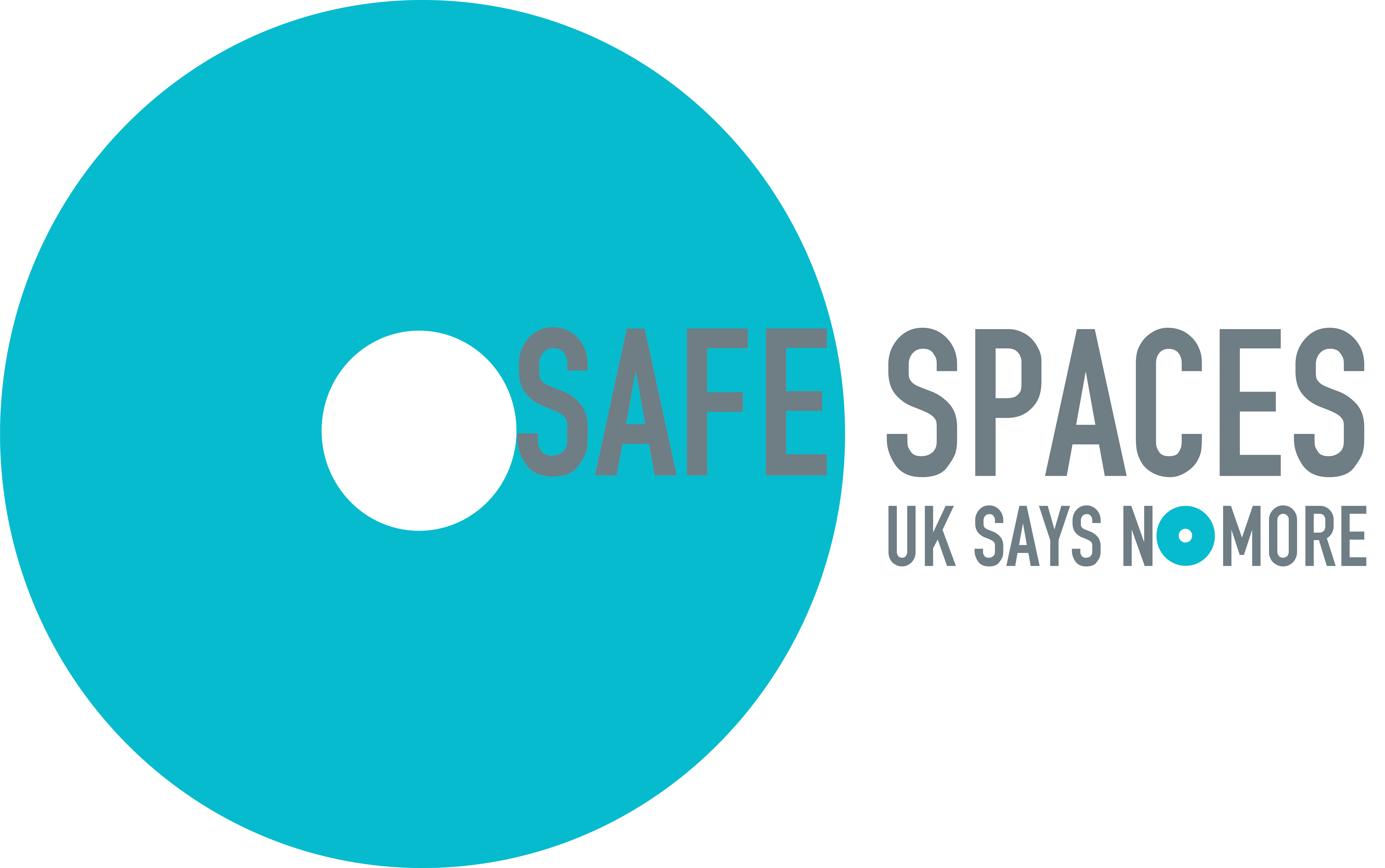BLOG: The complex management of a section 106 building
23 June 2022
By Tabitha Kassem, Executive director of Governance, Technology and Transformation
 As a social housing provider, our mission is to provide safe, secure and affordable homes for as many people as possible. One of the ways we’re able to do this is through section 106 agreements with developers. These give us the opportunity to lease or rent a portion of a new development to residents. This is a great way for us to provide the affordable homes needed for a local community, but it can come with a more complex management structure because although we provide the homes, we do not own them and are therefore not the freeholder for the building.
As a social housing provider, our mission is to provide safe, secure and affordable homes for as many people as possible. One of the ways we’re able to do this is through section 106 agreements with developers. These give us the opportunity to lease or rent a portion of a new development to residents. This is a great way for us to provide the affordable homes needed for a local community, but it can come with a more complex management structure because although we provide the homes, we do not own them and are therefore not the freeholder for the building.
At one time, much of the social housing supply in London and South East England came from section 106 agreements. Although this proportion has reduced significantly over the years, it is still an important source of social housing especially in areas where very high land values limit the development of solely social housing schemes. If social housing providers did not acquire this housing, there would be a reduced number of social housing overall. This would particularly be the case in higher value areas of the city, where it is only through section 106 agreements that affordable housing may become available.
Network Homes is a member of the G15 group of London’s largest housing associations. We have a strategic partnership with the Mayor of London, pledging 60% affordable housing across Greater London. We are on a number of local authority Preferred Partner frameworks enabling us to tender for public sector development and regeneration opportunities issued to those frameworks.
Section 106 and how it works
Section 106 of the Town and Country Planning Act 1990 allows a local planning authority to enter into a legally binding agreement or planning obligation with a planning applicant as part of the granting of planning permission. The arrangements that arise under this agreement are often referred to as a ‘section 106 agreement’ – you may also see it written as s106.
Where a planning authority dictates an obligation to include ‘affordable homes’, the section 106 agreement will seek to ensure that the applicant’s proposed development will benefit the local community. This requirement to provide affordable housing is a common section 106 planning condition; if the planning authority did not require it, the site may be used just for private residential development. The applicant is usually a private developer and to fulfil the planning condition and deliver the required homes, they must partner with a Registered Provider of Social Housing such as Network Homes.
Social housing providers may or may not take on construction activities under the section 106 agreement. Arrangements will vary between the private developers and the social housing providers. But once the site has been built, the social housing provider will take on responsibility for leasing or renting the social housing units.
Management of a section 106 building
There will be more parties involved in the management of homes developed through a section 106 agreement than of homes in a development that we built and own at the freehold. This is because it will likely be a mixed ownership scheme with private and social homes. The parties will include, a freeholder, managing agent, head lessee (e.g. Network Homes), sub-lessee (leaseholders) and tenants.
Agreements between the parties involved can mean more complex management and maintenance arrangements. This can result in confusion, particularly for the sub-lessee and tenants, as to who is responsible for what part of the site or building or the facilities within those schemes. Where the responsibility for an activity sits with the freeholder or managing agent, we, as the head lessee, would not be in control of issues which are the responsibility of the freeholder to manage.
Management of a section 106 building for residents
Our contractual arrangements with the freeholder and managing agent would be commercially sensitive. They are therefore confidential, so we would not be able to discuss/share them with the residents who live in these schemes. We would be in a position of potential contractual breach, actionable by the freeholder or managing agent against us if we did discuss or share the contractual arrangements.
We’re often contacted by residents living on a section 106 agreement scheme asking us to take action by carrying out a repair, maintenance or building safety requirement. Usually, the request is actually the responsibility of the freeholder and managing agent which means we may not be able to complete the request. This places us and our residents in a very difficult position.
When this happens, as the head lessee, we have the same powers as the leaseholder. For example, we can interact with the managing agent, but we do not have the authority to appoint or dismiss a managing agent. There are certain things we can do for residents, including referring concerns about service charges to the First Tier Tribunal (Property Chamber). These are all formal legal processes that incur legal costs which we may have to pass on to the residents through the contractual arrangements we have in place with them.
At the same time, we have contracts with the residents living in the homes we lease or rent which may also mean that any action a resident wishes to take, is against Network Homes in the first instance. For this reason, residents should seek independent legal advice in relation to concerns they may have should they feel they need to.
To find out more about the management of a building that is part of a section 106 agreement, including the responsibilities of each party involved, a list of the homes we acquired through section 106 agreements and the contact details for the parties involved, check out our ‘Management of buildings we don’t own’ page in the ‘Your home’ section of our website.
Go to the ‘Management of buildings we don’t own’ page

